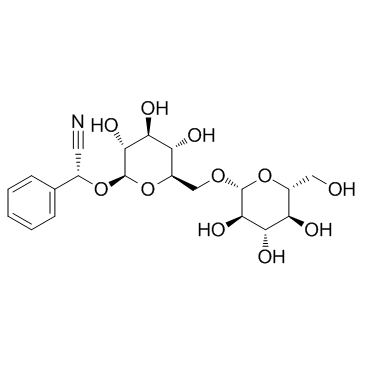| Structure | Name/CAS No. | Articles |
|---|---|---|
 |
LINAMARIN
CAS:554-35-8 |
|
 |
Amygdalin
CAS:29883-15-6 |